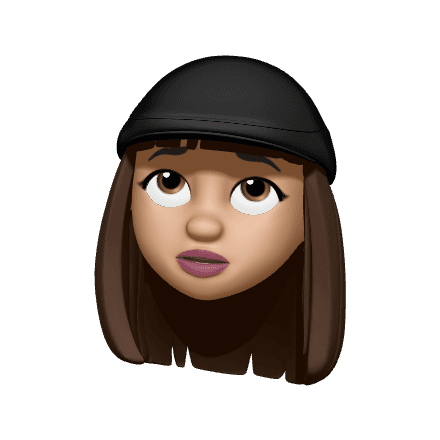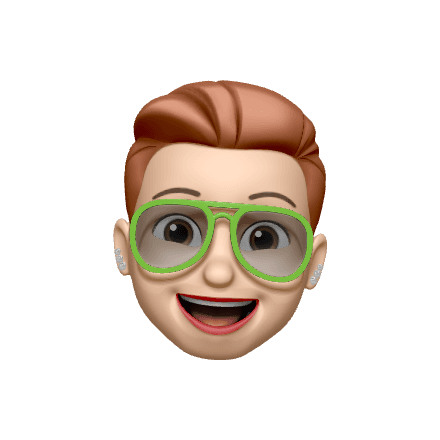[Case 02]
Waves

Waves
Creating a Safe Space to facilitate change.
[Problem Statement]
Organizing and coordinating protests can be difficult and time-consuming. It can be hard to find people who are passionate about the same cause, and it can be even harder to get the word out about a protest and encourage people to attend. This can lead to protests that are poorly attended or even cancelled altogether. Additionally, protests can be expensive, and this can limit the number of protests that can be organized.
[Project Overview]
Waves is an app that makes it easy for people to organize and coordinate protests. With Waves, users can create a profile, join groups that share their interests, and plan and join live online protests. Waves also provides tools and mentorship for promoting and planning protests, such as social media sharing and mentor meetings. Additionally, Waves is able to collect donations and petitions, which can be used to support the work of activists and organizations that are working to make a difference.
[Industry]
Social Media
[My Role]
Lead Designer
[Platforms]
Mobile
[Timeline]
February 2023- May 2023
[Step 1: Addressing the issue]
As someone that is passionate about social justice and social media I was interested in learning how to facilitate connections to generate positive change. As I chatted with likeminded individuals I found a common sentiment we shared was
"While I am passionate about many things and like to advocate for them, I often find myself giving up because I don't know where or how to start to help make a change."
That got me thinking, there must be something out there already that could cater to this sentiment.. I started by searching the web and the App Store hoping to find something to get into the protesting scene or that would provide helpful resources. However, most of the options I found were too one dimensional and narrow, focusing mostly on one feature. For example. apps like signal and telegram focused on more secure messaging, while another app called citizen, focused mainly on sending alerts about nearby incidents.
So, I was left with these questions:
Motivation: What would make it easier, and motivate me to be able to help make a change in society?
Connection: Do other people feel the same?
Accessibility: Are there factors that hold me and others back from doing so?
[Step 2: Researching the problem]
[01] User Research
With these questions in mind, I started surveying and interviewing a wide variety of individuals, from students to working professionals.
After surveying 39 individuals across the country, I found that a majority of them are interested in attending protests but are often held back from doing so...

[02] Insights
These findings were backed up by key insights found through 15 in person and online interviews. With the most interesting responses coming from the questions,
What has been the most challenging obstacle for you to learn more about and get more involved about a cause you are passionate about?
"Where to start"
"I organized a lot of protests in uni and looking back it would have been helpful to have guidance through the process because I struggled a lot in the beginning."
"I would like to go to more protests but it's hard to find where and when they are and even then it's kind of scary to go by myself when I don't know how the protest is going to go."
[03] Findings -
People want to attend protests for causes they care about, but limited access to information and concerns about safety often hold them back.
People want to organize protests but there is a lack of guidance and resources, making it difficult to know where to start and how to effectively plan and execute a protest.
[Step 3: Personas]
From these pain points I was able to identify two main target users with similar desires to make a difference:
People who want to attend protests.
People who want to create them.
[Persona 1 - Protester]

Ava Bright
Social Media Manager
"I want to use my voice to make a difference in the world"
Age: 22
Location: New York City
Tech Proficiency: Moderate
Gender: Female
[Goal]
Find and attend protests for causes she's passionate about, like climate change and women's rights
Meet friends that share her interests
Find easy ways to help the causes she supports
[Frustrations]
Time constraints: Her demanding job makes it hard for her to attend protests in person
Lack of knowledge: she struggles to find protests
Safety: She worries about her safety while protesting
[Persona 2 - Protest Organizer]

Cody Roberts
Event Organizer
"I believe that everyone can make a difference"
Age: 29
Location: Madrid
Tech Proficiency: Moderate
Gender: Male
[Goal]
Gain the skills and resources to make a difference
Organize protests to raise awareness
Fight issues like racial injustice and police brutality
[Frustrations]
Time constraints: Doesn't have a lot of free time
Organization: Doesn't know how to reach a large audience or coordinate protests on his own
Safety: Worries about designing safe protests
[Step 4: The User Journey]
With this information in mind, I created a user journey with help from a user that identified as a protestor and protest organizer.

Taking the findings from the user journey map, I created an affinity map to further understand the needs and pain points of potential users and pin point what features would be beneficial for them.

[Step 5. The Solution]
These features came together to create waves, aka the platform Waves
Waves
A platform that makes it easy for people to organize, coordinate and join protests.
A platform provides users with the tools they need to plan protests, promote them, get people involved, and collect donations.
A platform helps to ensure the safety of protesters by providing information about protest laws and by creating a safe space to protest
[Step 6: Ideation]
From there, I facilitated a exercise with potential users where each person is given sketches of features that could be used as starting points for the medium-fidelity explorations to group based on relevance and need.
After presenting each users grouping and voting on our favorite screens, I decided to further explore three main features:
Protest Livestream/Donate options
Protest Calender of events/Map
Organizer Resources/Mentorship

[Step 7: Wireframes]
Using the chosen low fidelity sketches from my brainstorming exercise, I evaluated content requirements for each of the main features, and created a low fidelity flow for protester and protest organizers. The original design included a wide range of features from chats, to news feeds however, after testing the design with a number of users it became clear the variety of features were overwhelming. So as suggested, I narrowed them down to those that users found the most useful with a strong emphasis on the livestream and redesigned the flow to put it in the center.

[Step 8: Prototype]
Additional testing on these flows found that users enjoyed how easy it was to navigate and use the features available, there were suggestions to make the experience more personalized to each user, which can be explored in later iterations with ai integration, but for now let's jump into the latest update of the waves app!

[Key Learnings]
There is still a lot more to dive into with Waves. What if protests were partnered with businesses and events? Or what if they were generated by multiple users and crowdsourcing? Can we use other ways to share, join and possibly review protests? Or could this platform be used for events beyond simply protesting? These are just some of the questions I'd like to explore as I continue to work on this project.